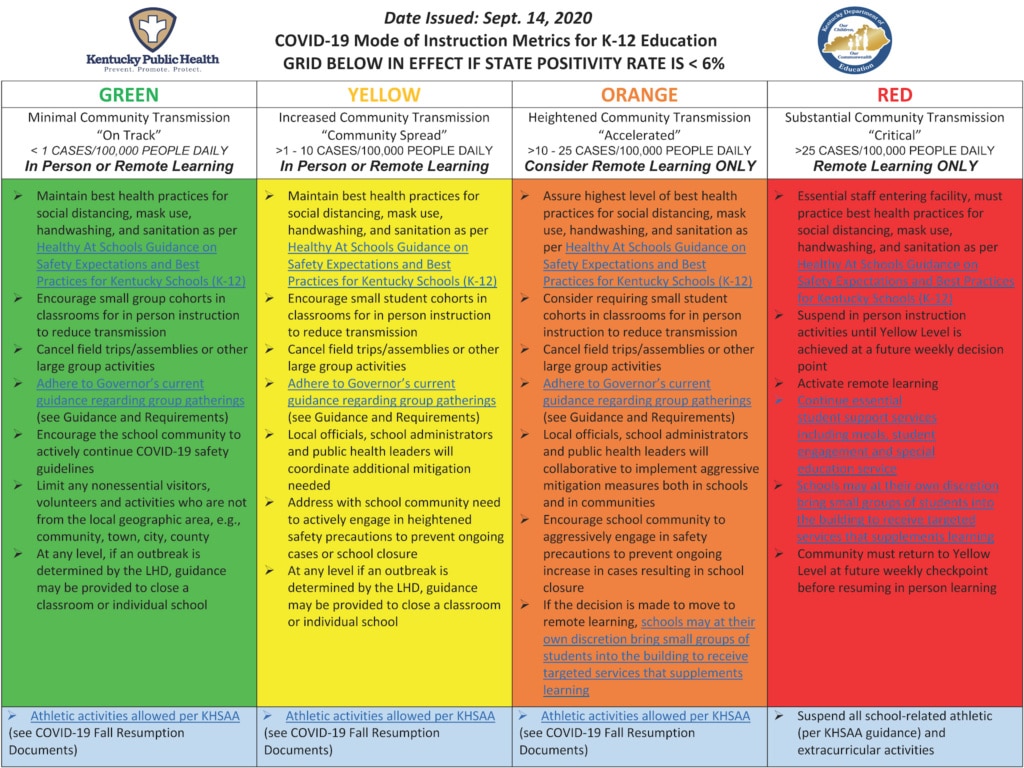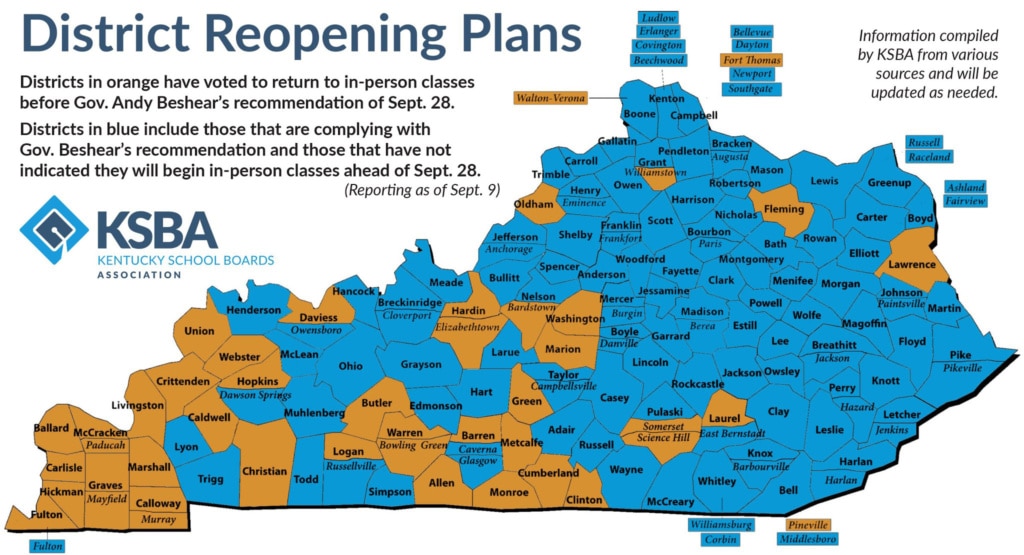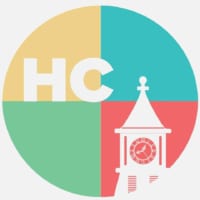Superintendent Chris Bentzel wants the community to take a close look at two numbers that indicate the level of coronavirus in Christian County Public Schools during the first week students have been back in classrooms.

The first number is 10. That’s how many students and employees combined have tested positive for COVID-19, according to the report released Tuesday.
The second number is 68. That’s how many students and staff the health department has directed to quarantine because they came in close contact with someone who tested positive for the virus.
Bentzel believes the numbers could be misleading. Here’s why:
Of the 10 people who have tested positive for COVID-19, six have not been in any school buildings since classes resumed. Two are students enrolled in the Virtual Learning Academy, a new program that allows students to opt-out of in-class instruction if their families have health concerns about returning to schools. The other four have not returned to their school buildings since classes resumed because they were in quarantine after being exposed to the virus at home or somewhere else away from a school setting.
- SCHOOLS DATA: Christian County Public Schools COVID-19 data dashboard
- RELATED: Kentucky adopts guidance for schools to consider throughout the pandemic
That leaves four people who did test positive for the virus after being in a school building. They all alerted the district and have remained at home for isolation, Bentzel said during a teleconference Tuesday with local news media.
New coronavirus reporting guidance based on community spread
New guidance issued Monday by the Kentucky Department for Public Health and the Kentucky Department of Education aims to help school administrators make decisions about whether to hold classes virtually, in-person or using a hybrid model.

It also weighs the coronavirus incidence rate per population for an entire community — not just the number of cases reported within a district.
The system is color-coded to help local leaders make decisions when statewide positivity rates are below 6% (if rates exceed 6%, the state may intervene in district decisions).
Counties with more than 25 cases per 100,000 people would be in the red, with the recommendation to switch to remote learning only and return to in-person instruction only after cases fall below 10 per 100,000 people. Counties with 10 to 25 cases per 100,000 are encouraged to consider remote-learning only.
When asked Monday if he would order a school in the red to switch to virtual learning, Gov. Andy Beshear said the new reporting recommendations were guidance.
“But if you’re in the red, it means there’s widespread community spread of COVID-19. And if you’re in the red, it is not responsible, it is not responsible to be doing every-day, in-person learning.”
In addition to the state health and education departments’ recommendations, the Kentucky High School Athletic Association recommends all school-related athletic and extracurricular activities be suspended once a community reaches the red zone.
Christian County approaching ‘red zone’
As of Tuesday afternoon, Christian County’s incidence rate was 19.9, according to the statewide database. However, state numbers are often reported on a delay.
The most recent local reports from the Christian County Health Department place the incidence rate on Tuesday at 23.3 when adjusted for population.
Return to in-person instruction
Christian County is one of several schools across the state that opted to return to in-person instruction despite Beshear’s recommendation to wait until Sept. 28, which he said would help curb additional spread of the virus.

Bentzel recommended the school board bring students back to class the day after Labor Day, and the board voted 4-to-1 to accept Bentzel’s plan; Tom Bell was the only board member who voted against it.
On Tuesday, Bentzel pointed out that of those quarantined within the district, 65 people were exposed to the virus outside of a school setting.
“The numbers do look high but when you really get to the bottom of what we’re doing here, we are reporting everything that comes out and there’s a story behind the numbers,” he said. “If you look at the quarantine numbers — yes 68, that’s a lot — but only three were generated from school in the last six days.
“I think that tells the public and the community that schools are safe places to be at,” he said. “We’re keeping them clean. We’re wearing masks. We’re keeping a social distance where we can. We’re doing all the things the right way and following the Healthy at School guidelines and it’s working for the last six days.”
The state is requiring school districts to release coronavirus data twice a week. The local school system’s website will have an update every Tuesday and Thursday.
Bentzel said he’s confident the district is “keeping our kids safe” by sanitizing buildings and requiring masks, social distancing and hand washing.
Of the district’s 8,798 students, 2,966 are enrolled in the Virtual Learning Academy.
(Jennifer P. Brown is the editor and founder of Hoptown Chronicle. Reach her at editor@hoptownchronicle.org.)
(Julia Hunter is the webmaster for Hoptown Chronicle. Reach her at Julia_Hunter622@hotmail.com.)






